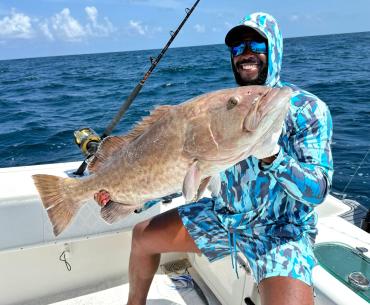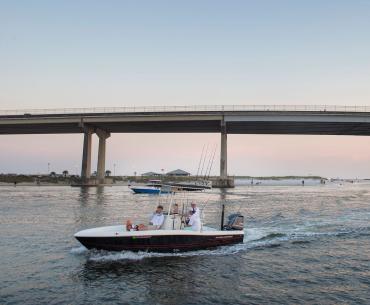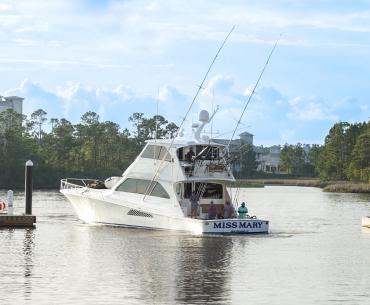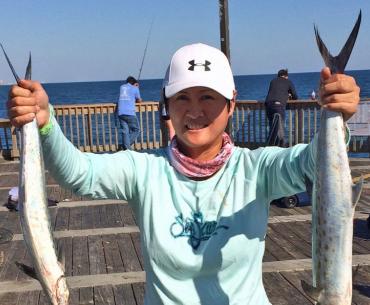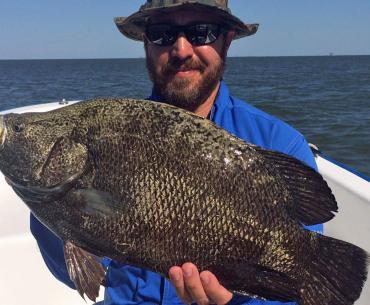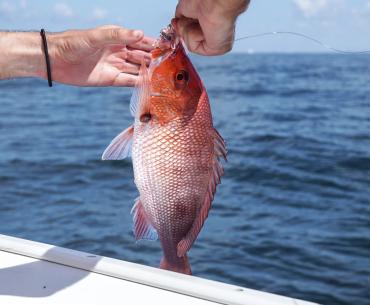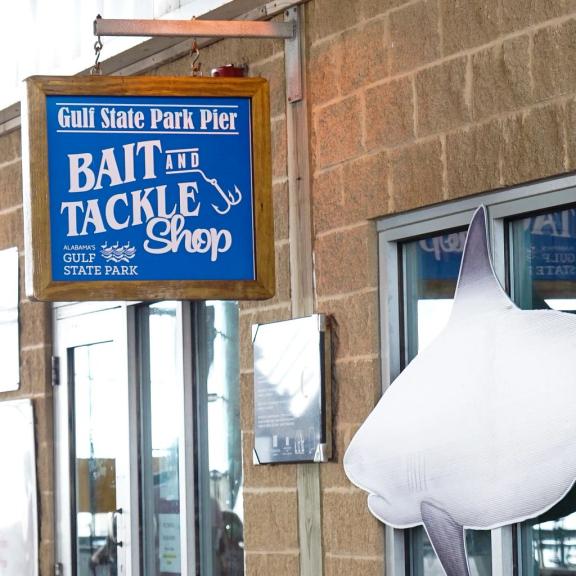
If you're planning a fishing trip to Alabama Beaches, you'll want to pick up some live bait before you hit the water. Whether you're fishing inshore, offshore, or on the surf, you'll find just what you need to catch a variety of species at bait and tackle shops in Gulf Shores and Orange Beach.
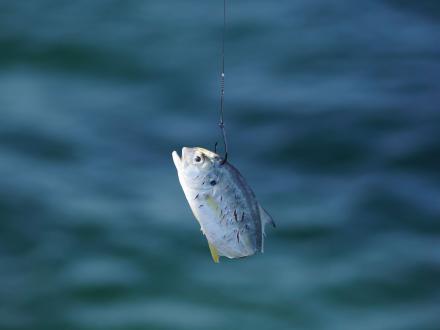
Because Alabama’s coastal waters are so fertile, an abundance of food is available for the trout and reds and other prominent inshore species. That means that you’ll likely have to toss a tasty live bait in front of the fish to get it to eat. Now that brown shrimp have grown enough to make a decent gulp for the predators, it’s time to forgo the artificial lures in favor of the live variety.
Live shrimp is by far the most common bait available and used by anglers in coastal waters. Problem is every fish and assorted creatures that live in our coastal waters love shrimp as well. If live shrimp is the only bait you can get, get plenty of it before you head out.
Gulf State Park Pier sells bait and tackle, but it's best you call to find out if they have live bait available. Bait goes fast when the fishing is good, like it is now. If the pier is out of live shrimp, you can purchase a Sabiki rig or bait ribbon and catch your own menhaden and alewives. If you’ve never done that before, ask for help from the pier veterans, who are very good about helping newcomers learn successful fishing techniques. However, don’t barge into the middle of a fish-feeding frenzy. Wait for the action to slow and then ask for help.
Hooked Up Bait and Tackle at the south end of the Intracoastal Bridge in Gulf Shores is a great spot to pick up live shrimp.
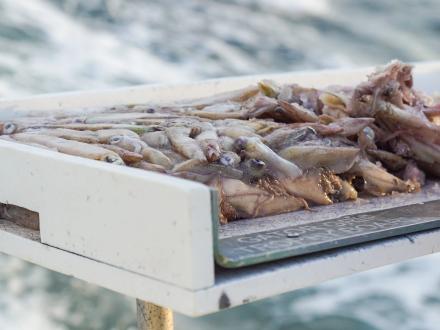
In the Orange Beach area, live shrimp can be picked up at J&M Tackle on Canal Road. Fort Morgan Marina is another place you’ll have to call 251-540-2628 to find out if live shrimp is available. If they’re out, you’ll have to pick up the shrimp in Gulf Shores before you head the 20 miles down the Fort Morgan Peninsula.
If you can find a bait shop with live croakers, that will likely be the best bait you can find to catch big speckled trout. Of course, nice redfish will also chow down on croakers, too. For those with a shrimp net, you can drag for 15-20 minutes and likely scoop up enough shrimp and croakers for a day’s fishing. Keep the croakers that are 3 to 4 inches long and toss the rest back.
Free line that croaker behind the boat with just a split shot or no weight at all. If there’s a trout or redfish anywhere close, they’ll find it and the fight will be on!
